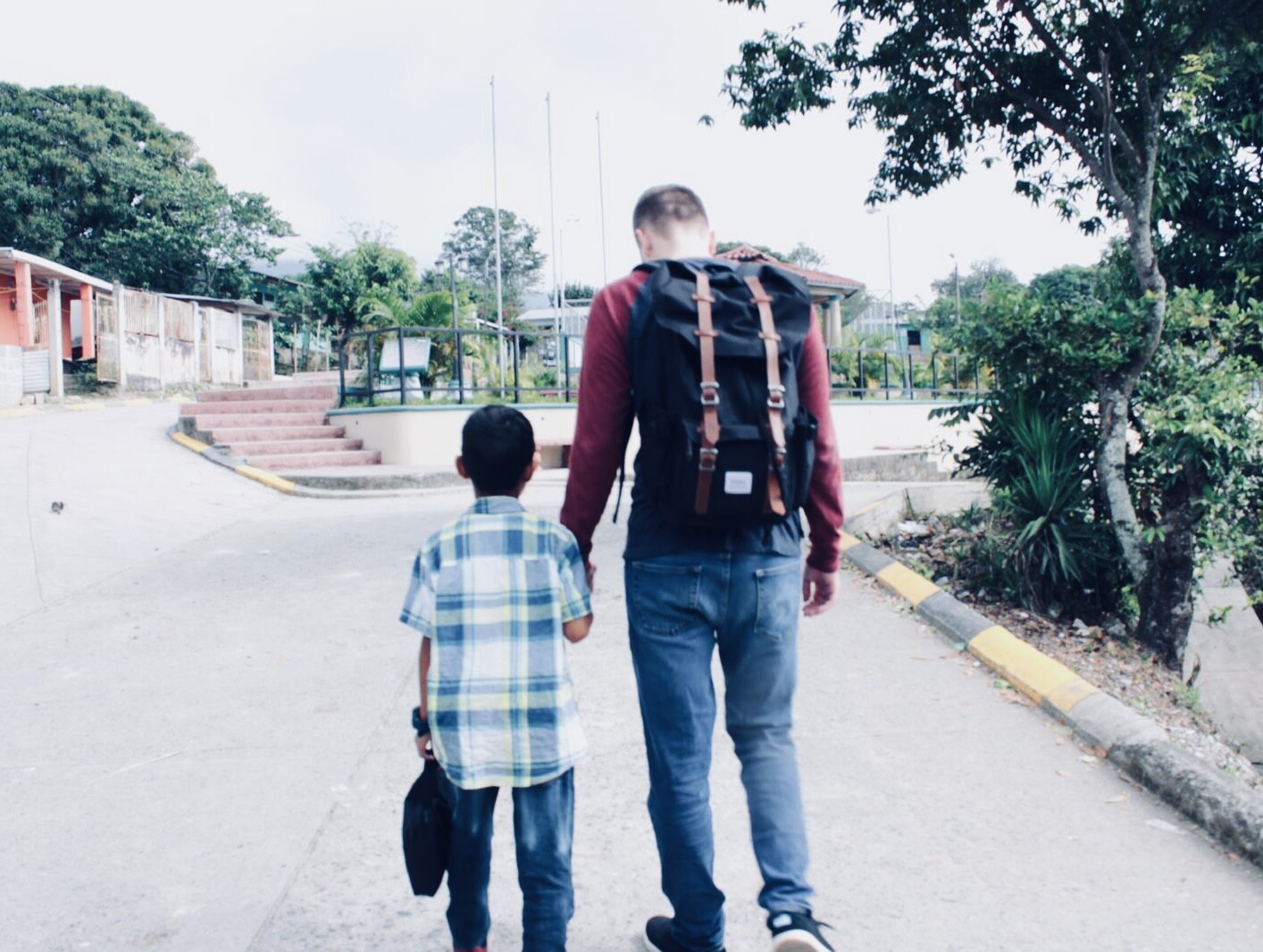
The average person in the 21st century is bombarded with negative media on the daily. I’m talking about politics, crime, gossip, and marketing that preys on human psychology. Everybody has an agenda, but is that agenda in our best interest? What if, instead of blindly going with the flow and feeding our worst instincts, we went out of our way to circulate positive media? I bet we would all be a little less neurotic and a little more grateful for the lives that we live. That’s the gap I hope to bridge in this article.

This week I called up my good friend, Jeffrey Hawthorne, to enlighten me with the good taking place in the world. Jeffrey has spent the better part of the last 5 years in the business world. He is the Founder and President of Take Courage International (TCI), a non-profit based out of Honduras. In this article, Jeffrey elaborates on the charitable work being done by TCI, and the role that vision and faith have played in his personal evolution. For him, the motto is “one step at a time,†trusting that the right process will yield the desired outcome. I hope by the end of the page, you feel a little more compassionate and in-tune with what truly matters in life, as this is the effect our 90-minute conversation had on me.
Take Courage exists to change the future of children and leaders around the world by meeting needs and unlocking potential.
TCI Mission Statement
Tell the people a little bit about yourself.
I live in Columbus, Ohio, with my wife Fabiola of almost two years. I studied business in college, and currently work in banking and finance as a Portfolio Manager. I have entrepreneurial ambitions that are still in development. My true passion, however, lies in the charitable work that I’m involved in. It is what gives me energy and makes my heart come alive. Due to the demands of my current job, I have to make time for it in the evenings and on the weekends.
When did the thought first occur to you, “I want to start a foundation!â€
I remember one day I was sitting in a college class. It was a liberal arts theology requirement. That day, I started dreaming of founding a non-profit that did all sorts of different things. The non-profit would serve as a food bank, a homeless shelter, a boys and girls club. It would teach classes and offer skills training. It might have a church or ministry associated with it. I envisioned a large campus that would serve as a home for these activities. This is my first recollection, back in the spring of 2014.

How long did it take the vision to reach fruition?
The foundation was an outgrowth of mission trips we were taking to Honduras. I started going twice a year with a team of people from my church. These trips were evangelical in nature. A fellow team member, Avery, suggested we add a philanthropic dimension to the work being done, that could serve the population both while we were there and after we had left. The team decided to focus on one poor village we were acquainted with, Nueva Esperanza, located in Santa Barbara, Honduras. We conducted healing clinics, complete with prayer and medical supplies, and a nurse practitioner accompanied us on our trips. We also raised money from our church to sponsor needy children. Local pastors identified the children with the greatest need. The money went toward clothing, school supplies, Christmas and birthday cards, and occasional medical screens. Kids in the program would leave school and go to the church to eat lunch. Altogether, we started sponsoring around 15 kids.
While all of this was going on, I got the opportunity to meet with Nelson Castellanos, who was El Presidente de Municipalidades, a local mayor who had 16 villages under his jurisdiction. We chatted and prayed in his office. Recognizing the impact of our work, Mr. Castellanos later committed his office to providing lunches to an additional 250 children in 2017. This was confirmation of the work we were doing and motivated us to keep moving forward.
In February of 2018, I took action to formalize our work through Ohio’s Secretary of State Office. Operating under an official organization would provide structure and integrity. It would give people an accountable way to give and create mechanisms for assessing the execution of our mission. It was the logical next step.
As for the organization today, it consists of a President, Vice President, Secretary and Treasury. I occupy the first and last roles, while my friends Avery and Hannah are Vice President and Secretary, respectively. Everyone contributes on a volunteer basis, with the exception of a field program coordinator and local pastor who receives a modest stipend.
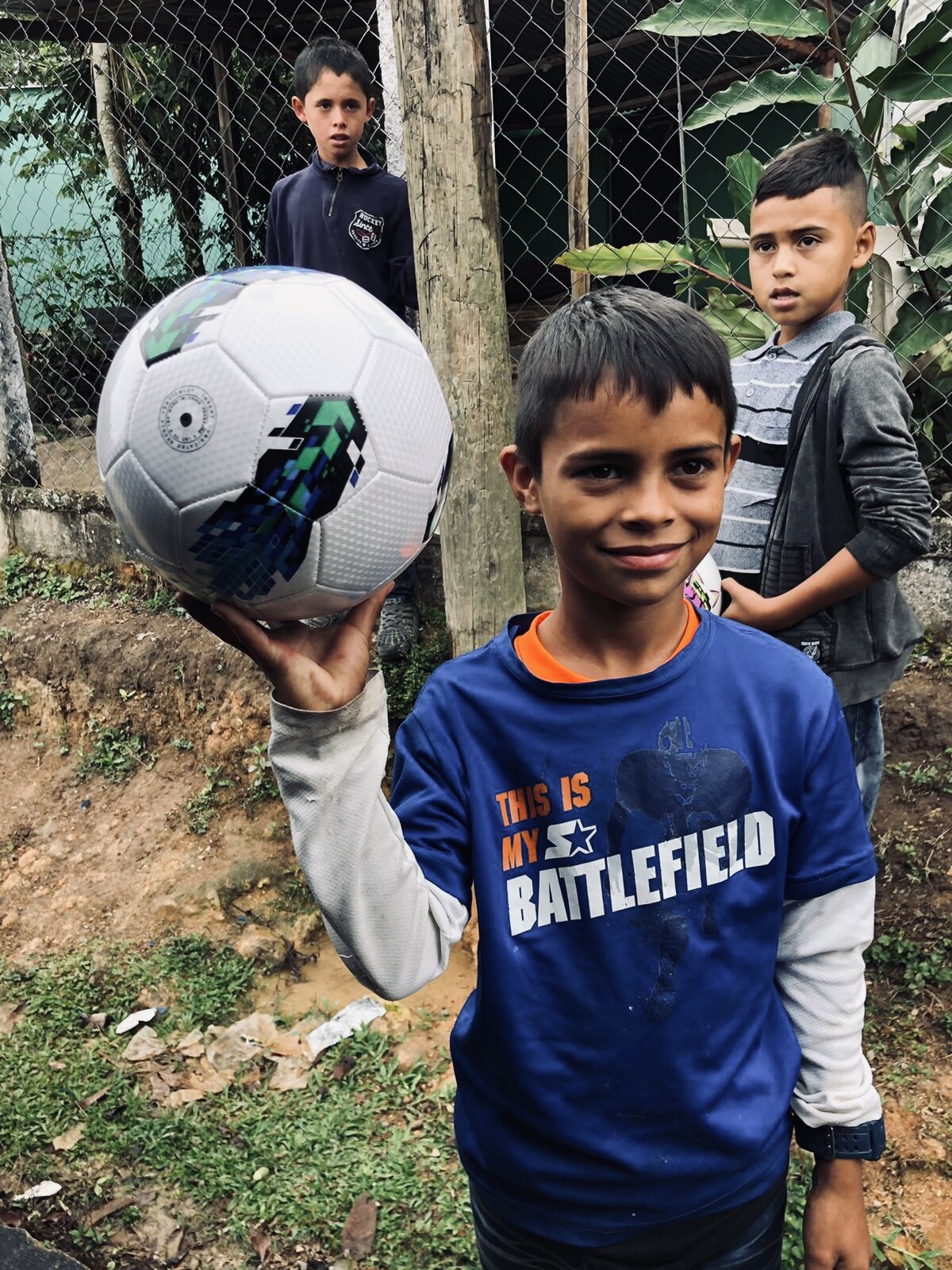
What was the hardest part getting started?
When you found a non-profit, you are required by the government to draft bylaws and articles of incorporation, addressing the who, what, where, when, and why aspects of the organization. I didn’t find this part particularly challenging. However, due to a misunderstanding of terms, I made the mistake of classifying the organization as a private entity rather than a public one when filing with the IRS to receive nonprofit status. I reached out to an accountant who agreed to help us out pro bono, and it still ended up taking several months in limbo and costing us around $500 to get the designation corrected. This sum was in addition to the original $500 we paid to get the organization incorporated and considered a 501(c)(3).
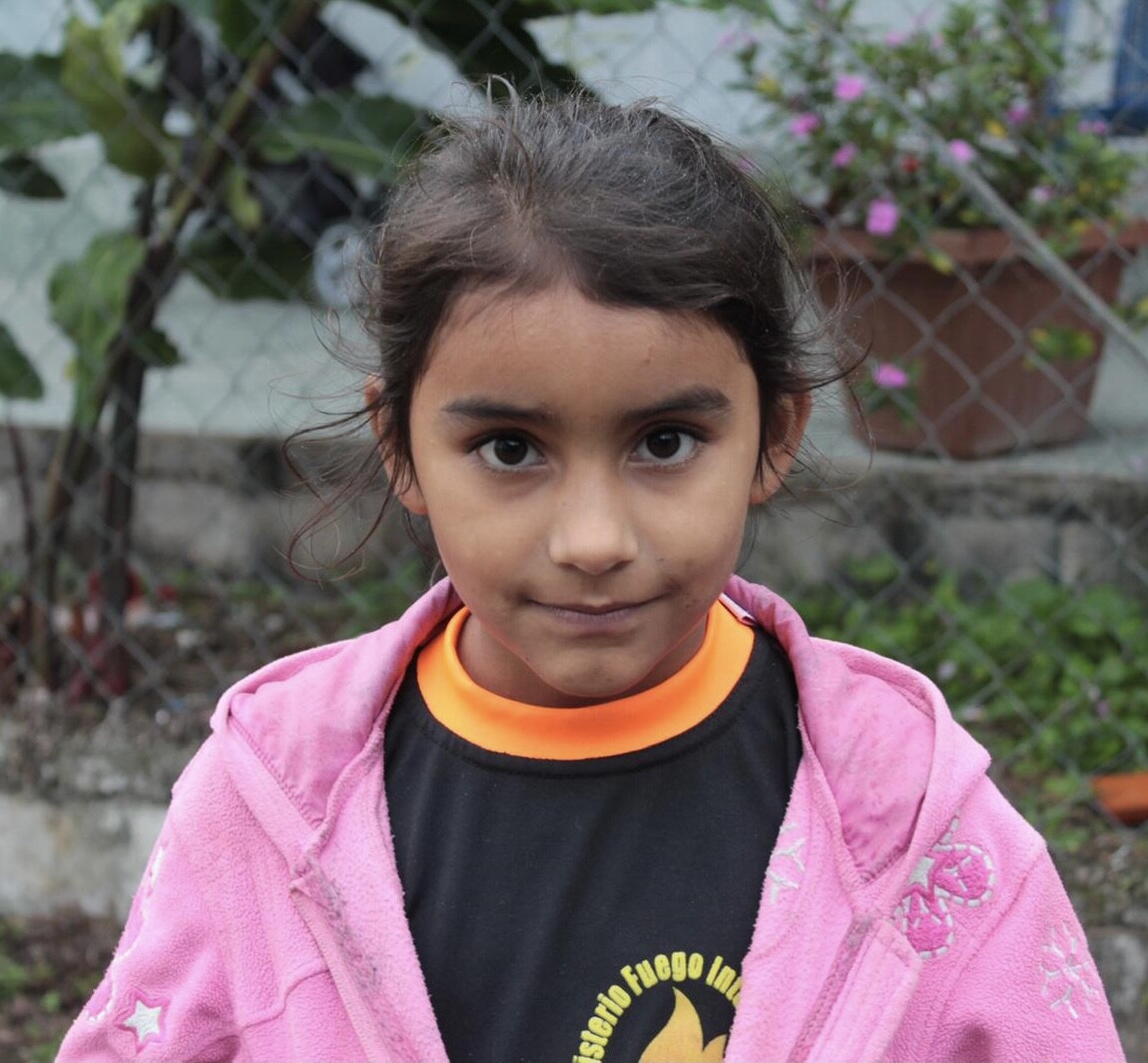
You were born and raised in the American Midwest. TCI is based out of Honduras. When did you know you had a heart for Central America?
In the beginning, it had more to do with need and opportunity. A missionary friend from my church, who had lived in Honduras for years, opened up a door for us to start accompanying him on trips. That initial connection led to new doors being opened and new relationships being developed that outgrew the original ones. As I got more involved, my love for the people there took on a life of its own. Honduras is also where I met my wife, Fabiola, in the capital city of Tegucigalpa, through the work we were doing.
In November of 2020, Hurricane Eta (Category 4) and Hurricane Iota (Category 5) swept through large parts of Central America, including Honduras, leaving behind hundreds of deaths, widespread property destruction, and around $10 billion in overall damages. Can you talk about the role TCI played in the disaster relief effort?
Local infrastructure and buildings were highly susceptible to flooding. In a lot of Honduran homes, the floors are not sealed to the doors, and so light rain can penetrate, let alone rain of a torrential variety. You can imagine the hurricanes sweeping through towns, destroying cars, homes, and neighborhoods. The landscape didn’t stand a chance.
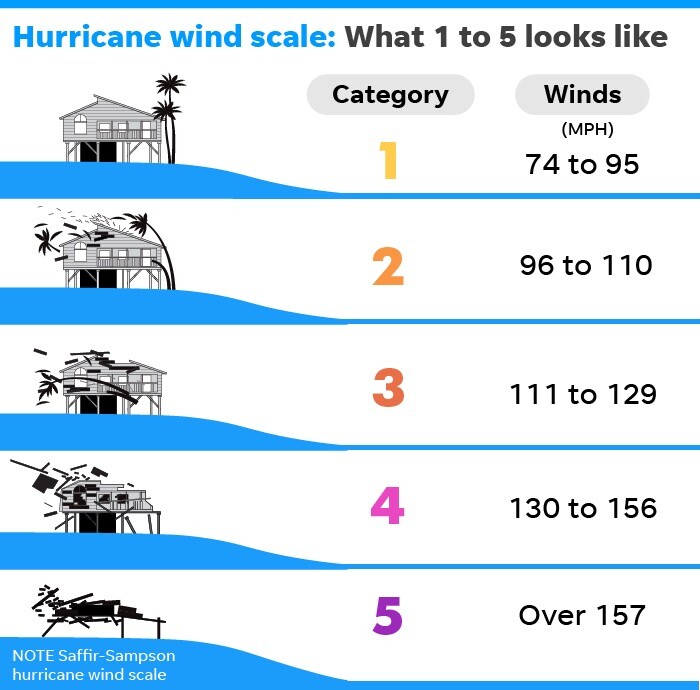
The relationships we had built in the country enabled us to respond in a timely fashion. It started with my in-laws’ church in Tegucigalpa. They donated clothes, beds, jackets—anything they could bring to people in need. Tegucigalpa is located in the South. Most of the damage took place in the North, in an area called La Lima, close to the airport. Businesses in the capital and places that had not been ravaged donated commercial-grade trucks for transport. As for TCI, we launched an aggressive fundraising campaign, letting people know what was going on and that we were making plans to help. Mind you, we had to think on the fly, as this this wasn’t something we had prepared to handle.
We deposited the money into the country in three waves. The first wave, accounting for the majority of donations, came within 48 hours, and the second came within a week. Both of them went toward food. We discovered that for $15, we could feed a family of 5 for 15 days. We worked with local grocers to source the food and created a care package with basic foodstuffs like pasta, rice, and beans. In this way, we were able to support local business and people that had been affected by the disaster in different ways. In the end, with additional financial support from two local churches in Honduras, we were able to raise enough money to supply 90,000 meals. We also assembled bags of baby formula and diapers for mothers and babies. We ended up doing 200 of those.

TCI donated the third wave of money, which came in throughout the month, to people whose homes were still standing but had lost everything inside. We had a connection with pastors in the city of Comayagua, who had already begun this work and were responsible for administering the aid.
It seems to me that most people are really busy with their lives, trying to keep up with their personal goals and obligations. Some have good intentions when it comes to others, but don’t make the time to reach out. Any advice for us—how do you balance the charity work you do with the responsibilities of your private life?
The first thing I will say is I’ve definitely struggled with finding the time myself. I partially fit the definition of having good intentions but letting other obligations get in the way. The last two years, I’ve moved twice, gotten married, done many things that have taken time away from the good that I could be doing, all the while dealing with my own life processes and emotions.
There are times when I may not feel like it, I may not want to, I may think up any number of excuses. In those times, I remind myself of the vision, which gives me the motivation to keep going. The vision of TCI is in line with what I believe my life purpose is, to feed the nations in spirit, in soul, and in body. In addition, I have found that moving forward with the work is always in my own best interest, even amidst personal life challenges. When I waste time pursuing fruitless endeavors, it only exacerbates whatever I may be going through, while philanthropic work tends to have the opposite effect.
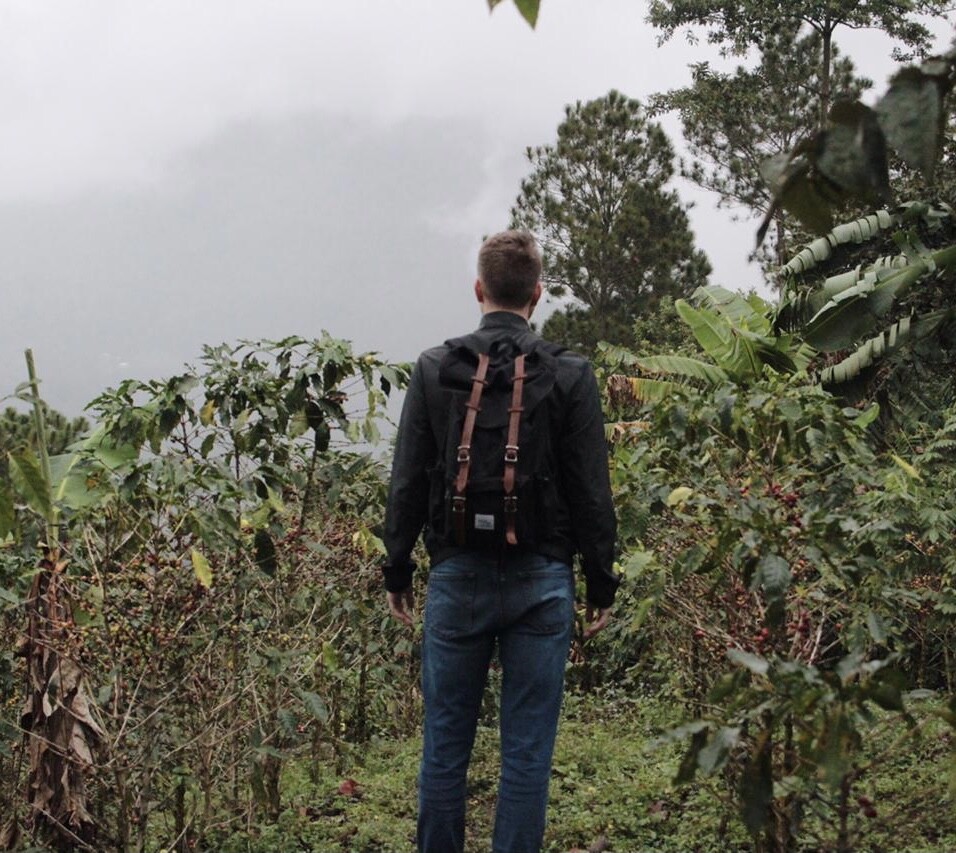
That was the macro-level answer. On the micro-level, I think of the individual lives being impacted, the names and faces of children that we are sponsoring. I think of Enrique and Evelyn and Jeysi. Organization and management are important, but you never want to lose touch with the individual because that’s what it’s ultimately all about.
Where do you envision TCI 5-10 years from now? Do you have any intention of changing or growing the mission?
First and foremost will always be feeding the children and taking care of their basic needs. Also, I want to teach children how to dream. About a better future. About who they can be and what they can accomplish in life.
One goal of mine is to develop a curriculum, entitled What I Can Be. A lot of people in underdeveloped areas, often rural, have a narrow concept of what they can go on to do, informed by the constraints of their immediate environment. They may be able to envision 4 or 5 career paths—field work, construction, ministry, medicine, education—that’s pretty much it. And some may aspire to work in the car industry. The heart behind this idea is to acquaint kids from a young age with the abundance of opportunities out there. When they’re 5, it may be as simple as instilling the idea, “Oh, cool. I can be an engineer.†As they get older, we would teach them the specifics of different occupations and connect them with the educational and financial resources to pursue them. Instead of a few possibilities, we multiply that by a factor of 10. Scientists, lawyers, engineers, politicians, accountants, and so on and so forth. This is how you impact society from the bottom up.
I also want to connect with local leaders working in their communities to bring about societal transformation. There are many such people, doing much good, who already have a vision for what transformation looks like. In developing countries, you often get these well-meaning people who come from the West with their money and dictate to the locals what they need to do. “Hey, this is what change is going to look like.†I have found, though, that partnering with local leaders, who have real influence and insight, is a preferable way of going about it. This is what I would call top-down impact. When you impact children from the bottom up and leaders from the top down, transformation in the whole of society is the natural outcome.
I should add that I want the work to grow and expand in an organic fashion. To my mind, material and relational growth should go hand in hand. Before we increase the number of kids we sponsor and expand into other domains, we want to master the processes, procedures, and relationships that are already in place. We also don’t need the added pressure of forcing anything that may not be a good fit. Having said that, more sponsorships, more medical and healing clinics, microloans for businesses, scholarships, etc. would all be amazing to see.
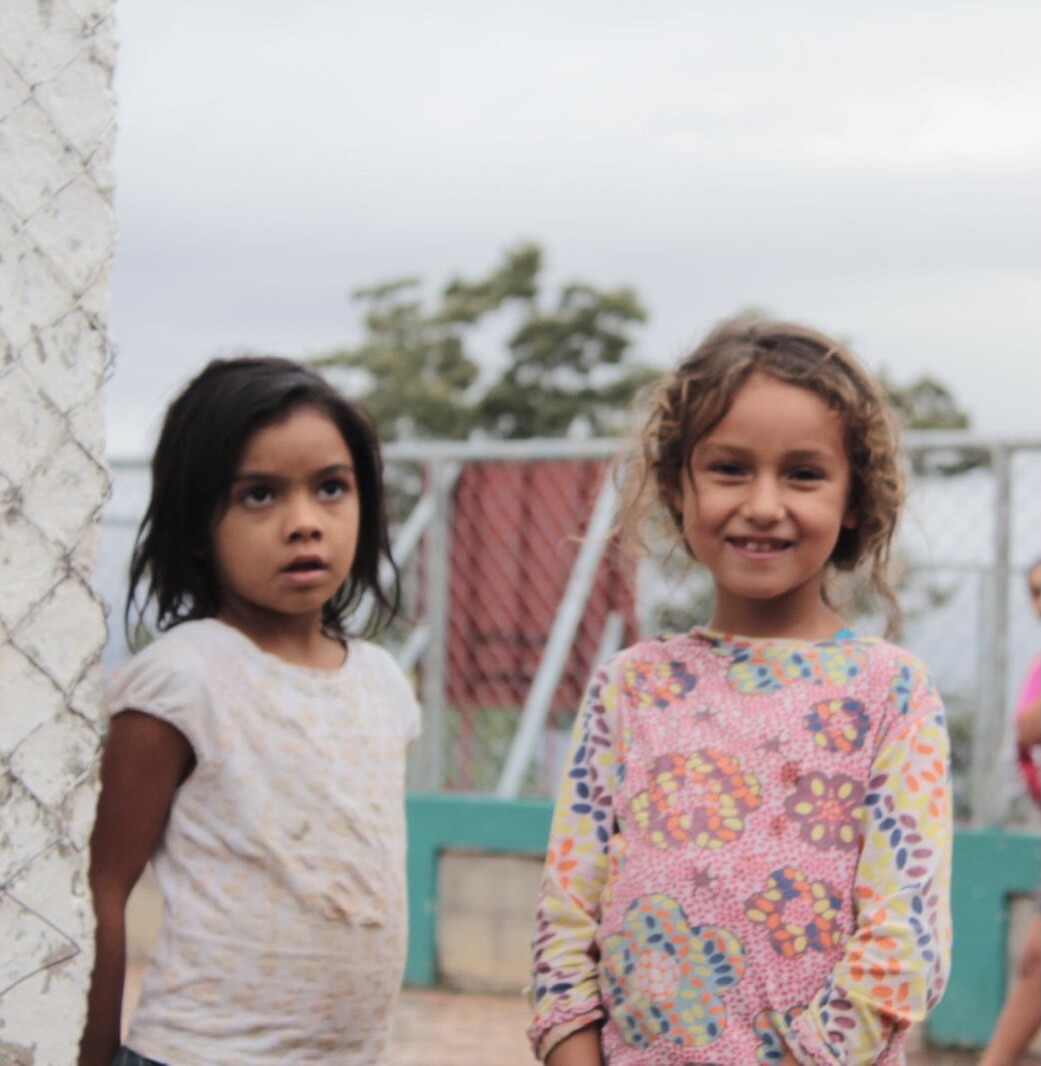
Eventually, I also want to expand outside of Honduras. I have no geographic region or timetable in mind, and will stick to my policy of letting things play out organically, relationally, to the best of my abilities. Ideally, we will be able to adapt some of what we’ve learned into any new mission fields. The goal is to take it one step at a time with the belief that eventually these steps will lead us around the world.
Anything else you want to say to the people reading this?
Whatever things make you heart come alive, whatever things you find purpose in–Do more of those things. You don’t need to know all of the answers before you take the first step. And you can continue taking steps without knowing all of the answers. Also, it is alright to stumble, just get back up and keep taking more steps. Visit the website if you want to get involved or discover more information about who we are and what we do.

Thanks for taking the time to interview me, Ben! Good conversation and a better friendship.
My guy.